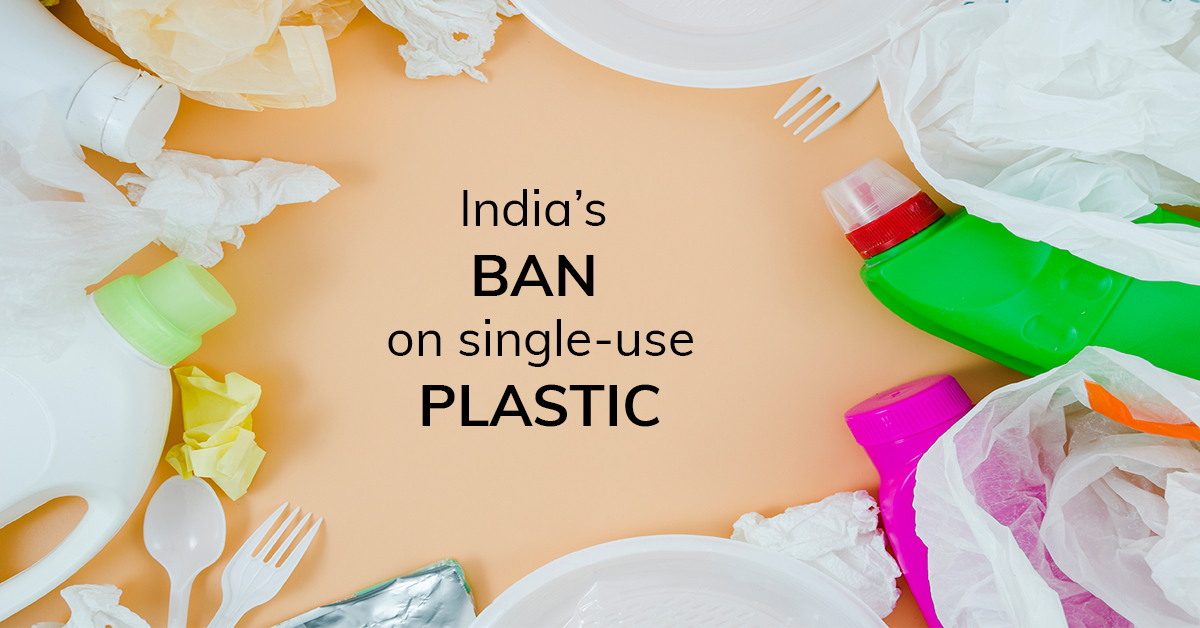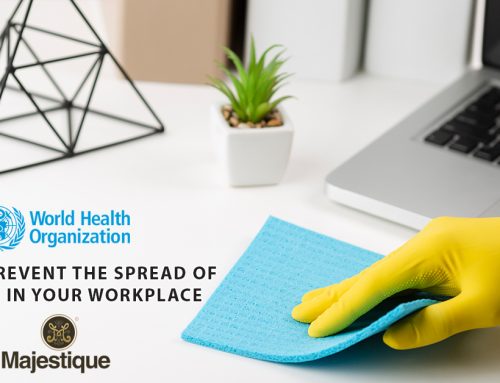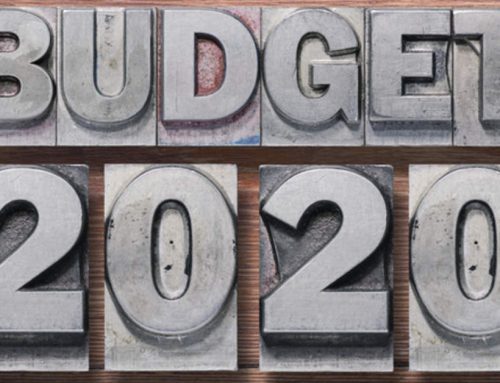India is set to impose a nationwide ban on plastic bags, cups and straws on Oct. 2, officials said, in its most sweeping measure yet to stamp out single-use plastics from cities and villages that rank among the world’s most polluted.
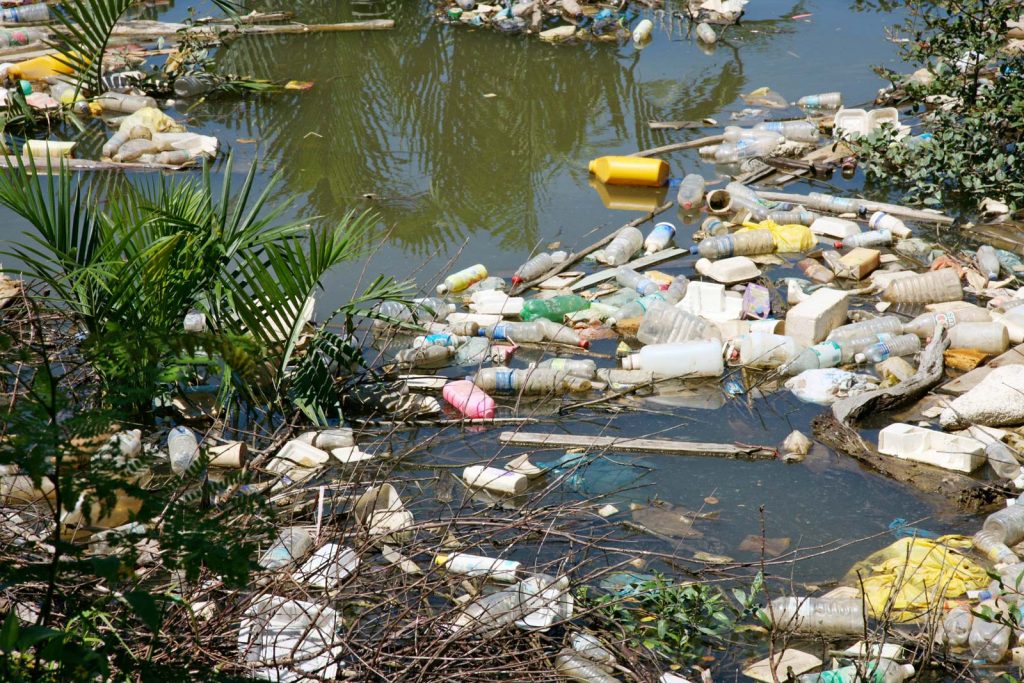
Picture Credit: © Vladimir Melnik/Fotolia
Prime Minister Narendra Modi, who is leading efforts to scrap such plastics by 2022, is set to launch the campaign with a ban on as many as six items on Oct. 2, the birth anniversary of independence leader Mahatma Gandhi, two officials said.
These include plastic bags, cups, plates, small bottles, straws and certain types of sachets, said the officials, who asked not to be identified, in line with government policy.
“The ban will be comprehensive and will cover manufacturing, usage and import of such items,” one official said.
In an Independence Day speech on Aug. 15, Modi had urged people and government agencies to “take the first big step” on Oct. 2 towards freeing India of single-use plastic.
Concerns are growing worldwide about plastic pollution, with a particular focus on the oceans, where nearly 50% of single-use plastic products end up, killing marine life and entering the human food chain, studies show.
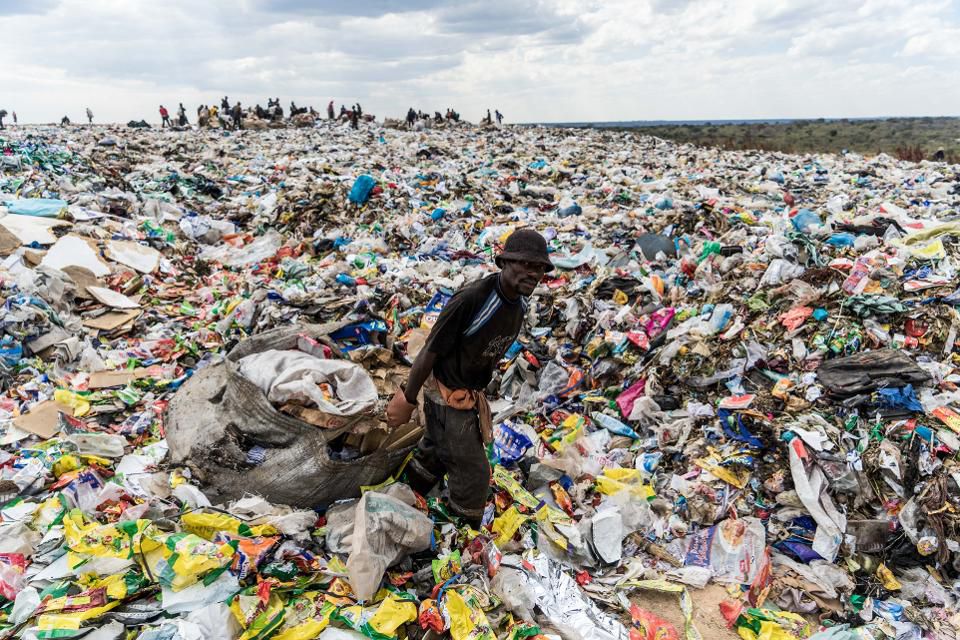
Picture Credit: www.forbes.com
It’s impossible to avoid plastic entirely, but there are effective ways to limit your exposure. Striving for a plastic-free life, however, remains a noble and worthwhile goal – and it’s becoming easier with every year that passes, as more people demand plastic alternatives and refuse to participate in the grotesque plastic waste that’s filling our planet’s landfills.
Here are some tips on how to get rid of plastic at home. Don’t worry; it’s easier than you think!
1. Avoid the worst plastic offenders
If you check the bottom of any plastic container, you’ll see a number (1 through 7) inside a triangle made of arrows. The worst plastics are:
#3 – Polyvinyl Chloride, an extremely toxic plastic that contains dangerous additives such as lead and phthalates and is used in plastic wrap, some squeeze bottles, peanut butter jars, and children’s toys
#6 – Polystyrene, which contains styrene, a toxin for the brain and nervous system, and is used in Styrofoam, disposable dishes, take-out containers, plastic cutlery
#7 – Polycarbonate/Other category, which contains bisphenol A and is found in most metal food can liners, clear plastic sippy cups, sport drink bottles, juice and ketchup containers
2. Use non-plastic containers
Carry a reusable water bottle and travel mug wherever you go. Pack your lunch in glass (Mason jars are wonderfully versatile), stainless steel, stacking metal tiffins, cloth sandwich bags, a wooden Bento box, etc. Take reusables to the supermarket, farmers’ market, or wherever you’re shopping, and have them weighed before filling.
3. Never drink bottled water
Instead, carry your own metal re-usable bottle.
4. Shop in bulk
The more items you can buy in bulk, the more you’ll save in packaging. While this mentality has been the norm for years at special bulk food stores, it’s fortunately becoming more common in supermarkets. You’ll save money in food costs and, if you drive, in the fuel used for extra trips to the store.
Search for items such as large wheels of cheese, without any plastic packaging, and stock up on those whenever possible.
5. Avoid frozen convenience foods
Convenience foods are among the worst culprits for excessive packaging waste. Frozen foods come wrapped in plastic and packaged in cardboard, which is often lined with plastic, too. There’s not any way around it; it’s a shopping habit that will have to go if you’re serious about ditching plastic.
6. Avoid non-stick cookware
Don’t expose yourself and your family to toxic perfluorochemicals that are released when non-stick surfaces such as Teflon are heated. Replace with cast iron (which works just as well as non-stick if seasoned and cared for properly), stainless steel, or copper cookware.
7. Make your own condiments
This could be a fun experiment in canning, and if you dedicate a whole day to it, you could have enough to last the whole year. Make cucumber or zucchini relish and ketchup when late-summer vegetables are at their peak. Items such as chocolate sauce, mustard, and mayonnaise are quick and simple to make once you get the hang of them. Everything can be kept in glass jars.
8. Let baking soda and vinegar become your new best friends
Baking soda, which comes for cheap in large cardboard boxes, and vinegar, which comes in large glass jars, can be used to clean, scour, and disinfect the house and wash dishes, replacing plastic cleaning bottles; soda can be turned into an effective homemade deodorant; and both soda and vinegar (apple cider, specifically) can replace shampoo and conditioner bottles.
9. Use natural cloths instead of plastic scrubbers
If you need something with scrubbing power, go for copper instead of plastic. Use a cotton dishcloth or a coconut coir brush for dishes, instead of a plastic scrub brush. Use cotton facecloths instead of disposable wipes. Don’t underestimate the versatility of old rags!
10. Keep your laundry routine plastic-free
Use soap flakes, soap strips, or soap nuts instead of conventional laundry detergents that come in plastic-lined cardboard with plastic scoops or thick plastic jugs. They are truly awful for the planet. You can read more about that here.
Along the same lines, use bar soap instead of liquid hand soap. Bar soap works as a good shaving cream alternative, too.
If strong action isn’t taken now, the problem will get exponentially worse. More research is needed on the many different facets of plastic pollution, but it is already clear that we must end our relationship with throwaway plastic and find alternative packaging solutions which won’t harm our environment.

